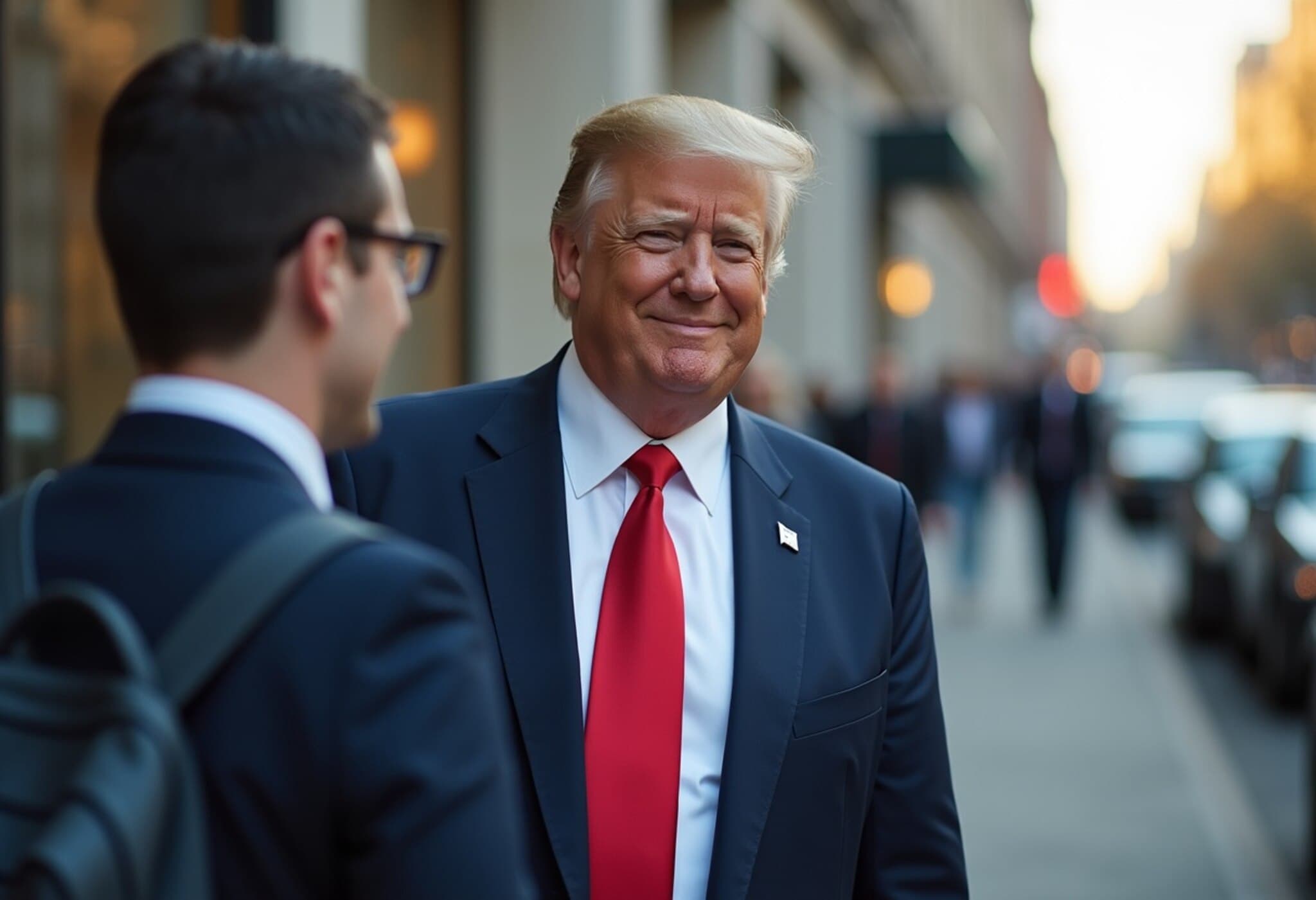Domino’s Pizza Leverages Value Deals to Outpace Competitors Despite Industry Headwinds
As inflationary pressures continue to tighten consumer wallets, Domino’s Pizza is making a strategic push to win over budget-conscious diners, particularly within low-income groups. The company’s CEO, Russell Weiner, confidently announced on CNBC that the pizza giant is poised to steal market share from rivals even amid a challenging restaurant sector downturn.
Stronger-than-Expected U.S. Same-Store Sales Signal Resilience
Domino’s recently reported a 3.4% same-store sales increase across the United States, significantly surpassing Wall Street’s projections of 2%. This growth was buoyed not only by innovations such as their rebranded platform launched in March but also by compelling promotional offers that resonate with cost-conscious consumers.
What sets Domino’s apart, according to executives, is its ability to grow sales across all income segments, including lower-income customers—a notable divergence from the industry trend where many chains struggle to maintain engagement with these groups.
Value-Driven Marketing: The $9.99 "Best Deal Ever"
Russell Weiner highlighted Domino’s commitment to delivering tangible value, exemplified by the $9.99 "Best Deal Ever" offer. He emphasized that customers appreciate deals on their preferred items, as many competitors push discounts on less desirable or secondary menu choices.
This approach taps into a deeper consumer behavior pattern during times of economic strain: diners are not just trading down arbitrarily; they carefully weigh where to allocate their limited spending, typically favoring value in favorites over gimmicks.
Contextualizing Domino’s Strategy in the Broader Restaurant Landscape
Across the fast-food and casual dining space, chains like McDonald’s, KFC, and Chili’s have responded to inflation with enhanced value menus and combos. However, these tactics have had mixed success as some consumers opt for home dining to stretch budgets further.
Chili’s, for instance, has reported impressive double-digit same-store sales growth by positioning its dine-in experience as a valuable alternative to fast food despite slightly higher prices. Weiner suggests a parallel with Domino’s, observing that sustained consumer caution is systemic and likely to persist until wages meaningfully outpace inflation.
“Until people’s wages get back to the point where they’re outgrowing pricing, this is going to stay,” Weiner noted, forecasting continued positive trends for Domino’s in this environment.
Navigating Challenges: The Cost of Delivery and Earnings Pressures
Still, the pizza pioneer faces hurdles. Weiner acknowledged that if menu prices rise too steeply, some customers may choose to eat at home rather than order delivery, representing a loss of occasions not just to competitors but to changing consumer habits.
Additionally, Domino’s second-quarter earnings missed analyst expectations, influenced by a $27.4 million charge tied to its investment in a China licensee. Earnings per share stood at $3.81 against the forecasted $3.95, although total revenue reached $1.15 billion, aligning with estimates.
Following the earnings announcement, Domino’s shares dipped slightly by over 2% in afternoon trading, reflecting investor caution amid mixed financial signals.
Looking Ahead: Industry Rival Earnings and Market Outlook
Domino’s competitors are set to release their quarterly results in the coming weeks, with Yum Brands, owner of Pizza Hut, scheduled to report on August 5, and Papa John’s following on August 7. These reports will provide further clarity on how major players are faring in an industry adapting to persistent inflation and evolving consumer spending patterns.
Expert Insights: What Domino’s Strategy Reveals About Consumer Trends
- Value remains king: In tightly budgeted households, promotions on preferred menu items resonate more deeply than generic discounts.
- Market share gains come with risk: Raising prices risks pushing consumers to the home-cooked alternative, raising questions about long-term customer retention post-economic recovery.
- Inflation’s ripple effects: Widespread wage stagnation versus price increases suggests that industry strategies centered on everyday affordability may dominate restaurant marketing for the foreseeable future.
This adds critical nuance to the narrative that low-income consumers always ‘trade down’—instead, they prioritize value within favored brands, illustrating a sophisticated balancing act between desire and financial feasibility.
Editor’s Note
Domino’s Pizza’s proactive embrace of value-driven marketing that resonates across income levels challenges assumptions about consumer behavior amid inflation. As other restaurant chains grapple with retaining customers, Domino’s performance hints at a strategic sweet spot between affordable indulgence and brand loyalty. Yet, the company’s future hinges on macroeconomic factors like wage growth and inflation control—variables beyond its direct influence. Observers should consider how these broader economic forces shape dining trends and corporate strategies going forward.












